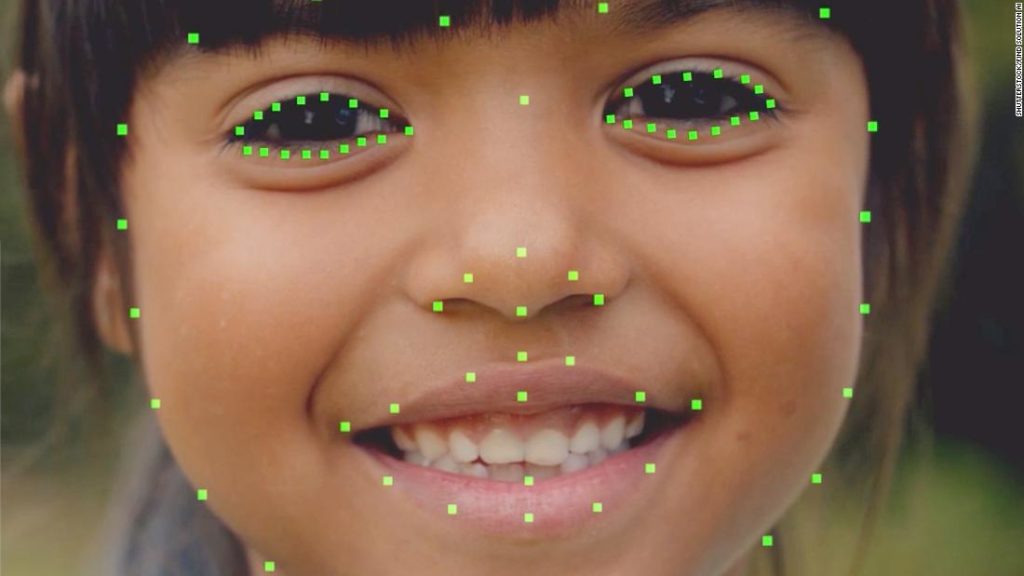Students work on tests and homework on the platform as part of the school curriculum. While they study, the AI measures muscle points on their faces via the camera on their computer or tablet, and identifies emotions including happiness, sadness, anger, surprise and fear.
Facial expression recognition AI can identify emotions with human-level accuracy.
The system also monitors how long students take to answer questions; records their marks and performance history; generates reports on their strengths, weaknesses and motivation levels; and forecasts their grades. The program can adapt to each student, targeting knowledge gaps and offering game-style tests designed to make learning fun. Students perform 10% better in exams if they have learned using 4 Little Trees, says Lam.
Lam, a former teacher, recalls finding out that certain students were struggling only when they got their exam results — by which time “it’s too late.”
She launched 4 Little Trees in 2017 — with $5 million in funding — to give teachers a chance for “earlier intervention.” The number of schools using 4 Little Trees in Hong Kong has grown from 34 to 83, over the last year. Prices range from $10 to $49 per student per course.
Lam says the technology has been especially useful to teachers during the pandemic because it allows them to remotely monitor their students’ emotions as they learn.
Chu believes the technology’s benefits will outlast the pandemic, because it reduces his admin load by creating and marking personalized classwork and tests. And, unlike teachers, the expression-reading AI can pay close attention to the emotions of every student, even in a large class.
But technology that monitors children’s faces raises concerns about privacy.
Lam says 4 Little Trees records facial muscle data, which is how the AI interprets emotional expressions, but it does not video students’ faces.
Pascale Fung, director of the Center for AI Research at Hong Kong University of Science and Technology, says “transparency” is key to maintaining students’ privacy. She says developers must get consent from parents to collect students’ data, and then “explain where the data is going to go.”
Experts say emotional expression can vary between cultures and ethnicities.
Lam says Find Solution AI’s emotion recognition works with 85% accuracy in Hong Kong. Fung says algorithms with “very good settings” can correctly identify primary emotions, such as happiness and sadness, up to 90% of the time.
However, more complex emotions, like irritation, enthusiasm or anxiety, can be harder to read.
“We can hope for 60% [or] 70% accuracy,” says Fung, adding that most people can’t identify complex emotions with a greater level of accuracy. “Human beings are not good at reading facial expressions” she says. “We would like to train machines to be … better than the average human.”
As the AI improves, Lam hopes to develop applications for businesses, as well as schools, to better understand participants’ needs and increase engagement in online meetings and webinars.
Where human communication is concerned, AI “can help to facilitate a better interaction,” she says.
You may also like
-
Afghanistan: Civilian casualties hit record high amid US withdrawal, UN says
-
How Taiwan is trying to defend against a cyber ‘World War III’
-
Pandemic travel news this week: Quarantine escapes and airplane disguises
-
Why would anyone trust Brexit Britain again?
-
Black fungus: A second crisis is killing survivors of India’s worst Covid wave

